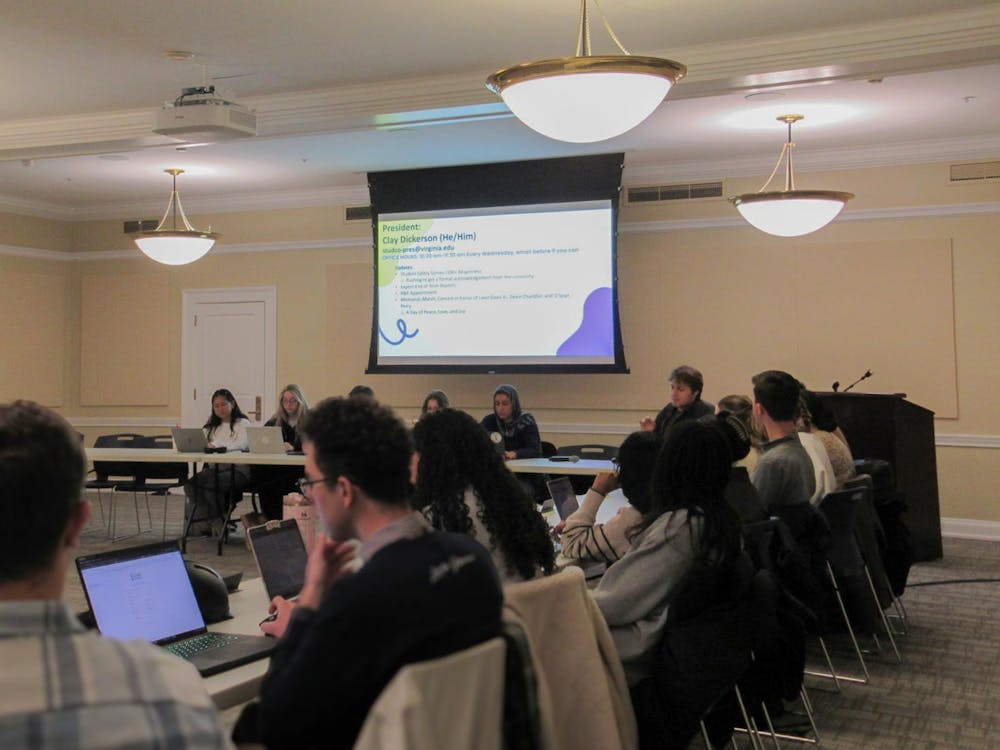A University graduate Engineering alumnus has found concrete evidence that secondhand tobacco smoke has detrimental side effects. Though many studies have already demonstrated that secondhand smoke is harmful, Chengobo Wang's study offers further evidence.
In Wang's study, researchers at the University Medical School and The Children's Hospital of Philadelphia studied the effects of secondhand smoke by separating non-smokers into two groups -- low exposure and high exposure. Wang said people in the low-exposure group rarely spent time around those who smoked, while members of the high-exposure group were exposed to smoke while working in bars for long periods of time or by living with smokers.
Researchers then used a modified MRI scanning technique using helium that examined the effects of secondhand smoke by measuring the size of air sacs, or alveoli, in participants' lungs. In a healthy person, these sacs are small, but in a smoker the walls of the air sacs break down and the sacs become bigger, Wang explained.
Wang said he determined from the data that non-smokers with low-exposure to secondhand smoke had smaller -- and therefore healthier -- air sacs. Subjects in the high exposure group showed signs of larger sacs, a symptom commonly linked to the development of emphysema and other lung diseases.
From this study, Wang concluded 67 percent of smokers tested had a high apparent diffusion coefficient -- representing large air sacs -- and 27 percent of non-smokers with a high exposure to secondhand smoke also had a high ADC. Only four percent of non-smokers with low exposure, however, had high ADC levels.
"These elevated ADC [levels] are considered the early [stages of] smoking-related damage to the lung," Wang said.
Philip Morris USA spokesperson Bill Phelps said his company, which produces cigarettes, understands the risk its consumers take when using its products.
"We think they [smokers] should be guided by the conclusions that these health officials have reached," Phelps said. "However, we maintain that a complete ban on smoking goes too far."
Wang said he has not been in contact with any tobacco companies regarding his research; however, he added the research is still ongoing. Wang, who currently works at the Children's Hospital in Philadelphia, said he hopes to expand upon these results in the future and turn the focus of his studies to children affected by secondhand smoke.






